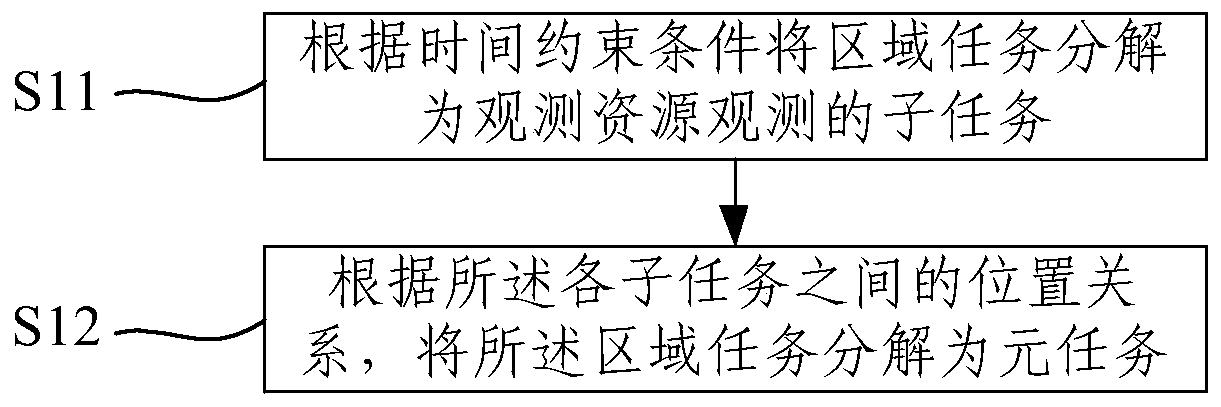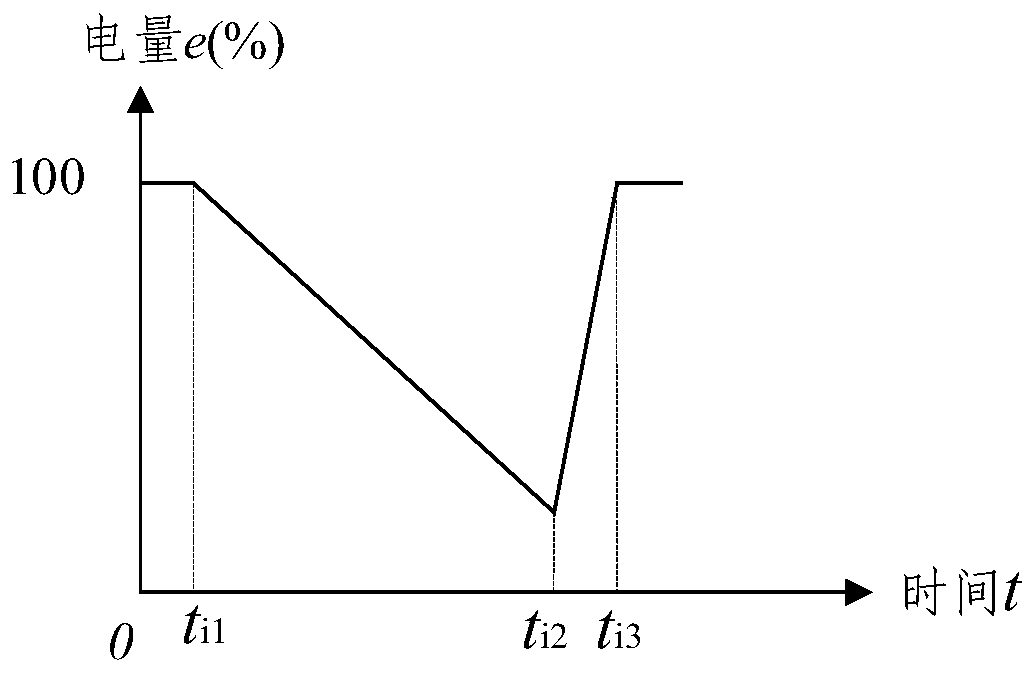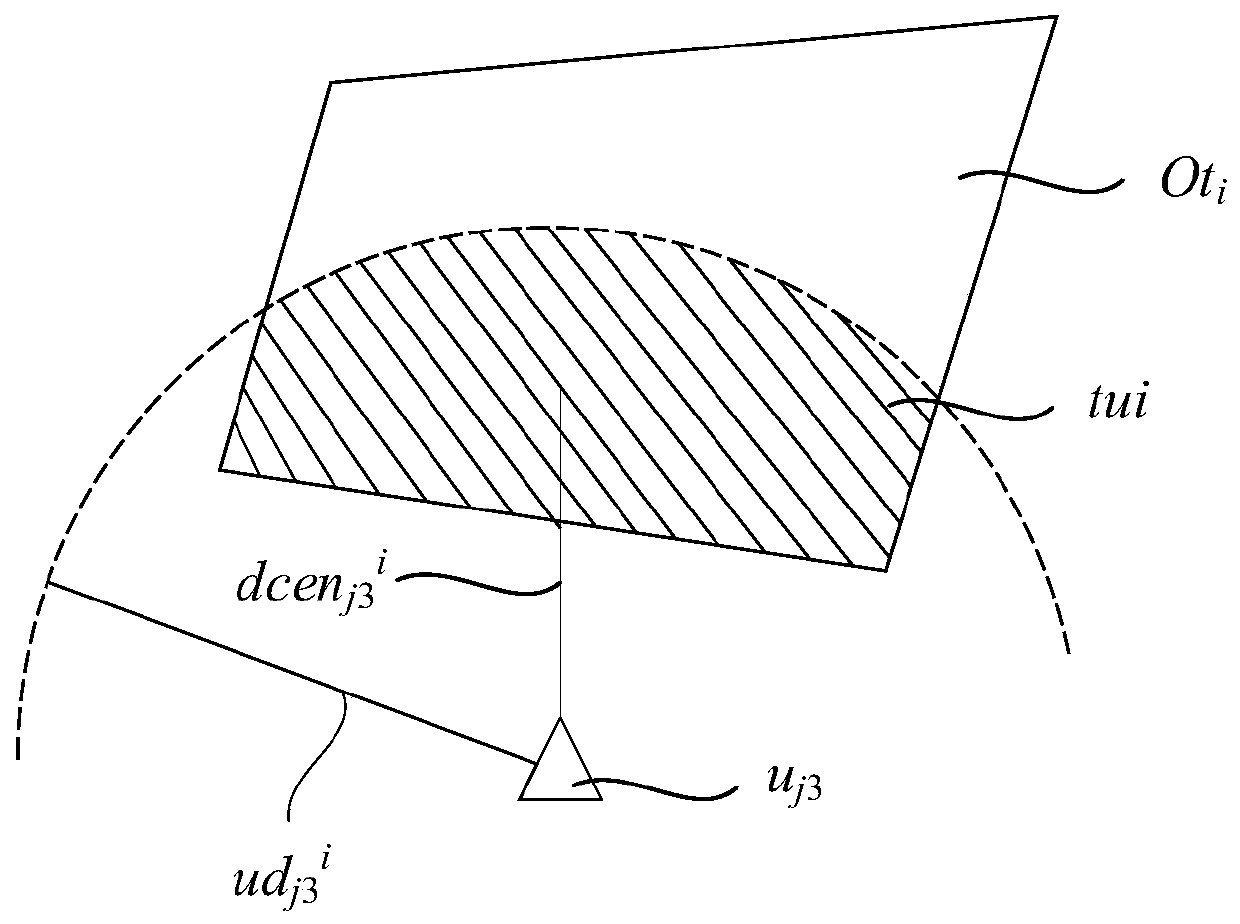A Regional Task Decomposition Method for Space-Earth-Earth Observation
A task decomposition and earth observation technology, applied in data processing applications, instruments, calculations, etc., can solve the problems of observation tasks such as spatial errors, lack of pertinence, and lack of clear grid boundaries, so as to reduce the number of scales and avoid spatial errors. , the effect of improving the distribution efficiency
- Summary
- Abstract
- Description
- Claims
- Application Information
AI Technical Summary
Problems solved by technology
Method used
Image
Examples
Embodiment Construction
[0026] The specific implementation manners of the present invention will be further described in detail below in conjunction with the accompanying drawings and embodiments. The following examples are used to illustrate the present invention, but are not intended to limit the scope of the present invention.
[0027] The collaborative observation process of space, space and ground observation resources usually includes two aspects: task decomposition and task planning. For area targets, due to their unique regional nature, it is difficult to be covered by a single observation resource in a single type of observation resources such as satellites or UAVs. Therefore, it is necessary to decompose regional targets into multiple elements that can be completed by a single resource Tasks, and then assign tasks. The decomposition process of regional tasks is a key link in the collaborative planning of space, space and ground resources, and its decomposition method largely determines the...
PUM
 Login to View More
Login to View More Abstract
Description
Claims
Application Information
 Login to View More
Login to View More - R&D
- Intellectual Property
- Life Sciences
- Materials
- Tech Scout
- Unparalleled Data Quality
- Higher Quality Content
- 60% Fewer Hallucinations
Browse by: Latest US Patents, China's latest patents, Technical Efficacy Thesaurus, Application Domain, Technology Topic, Popular Technical Reports.
© 2025 PatSnap. All rights reserved.Legal|Privacy policy|Modern Slavery Act Transparency Statement|Sitemap|About US| Contact US: help@patsnap.com



